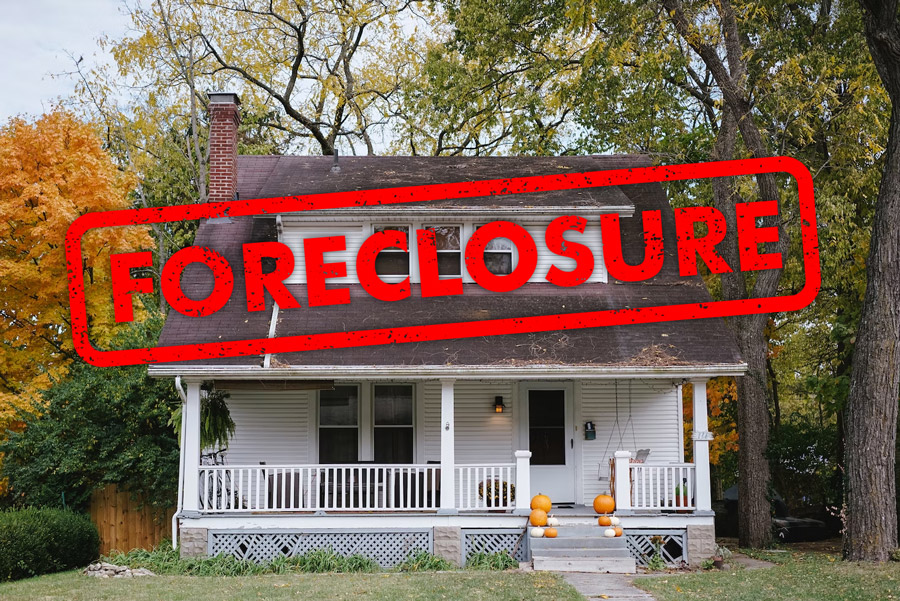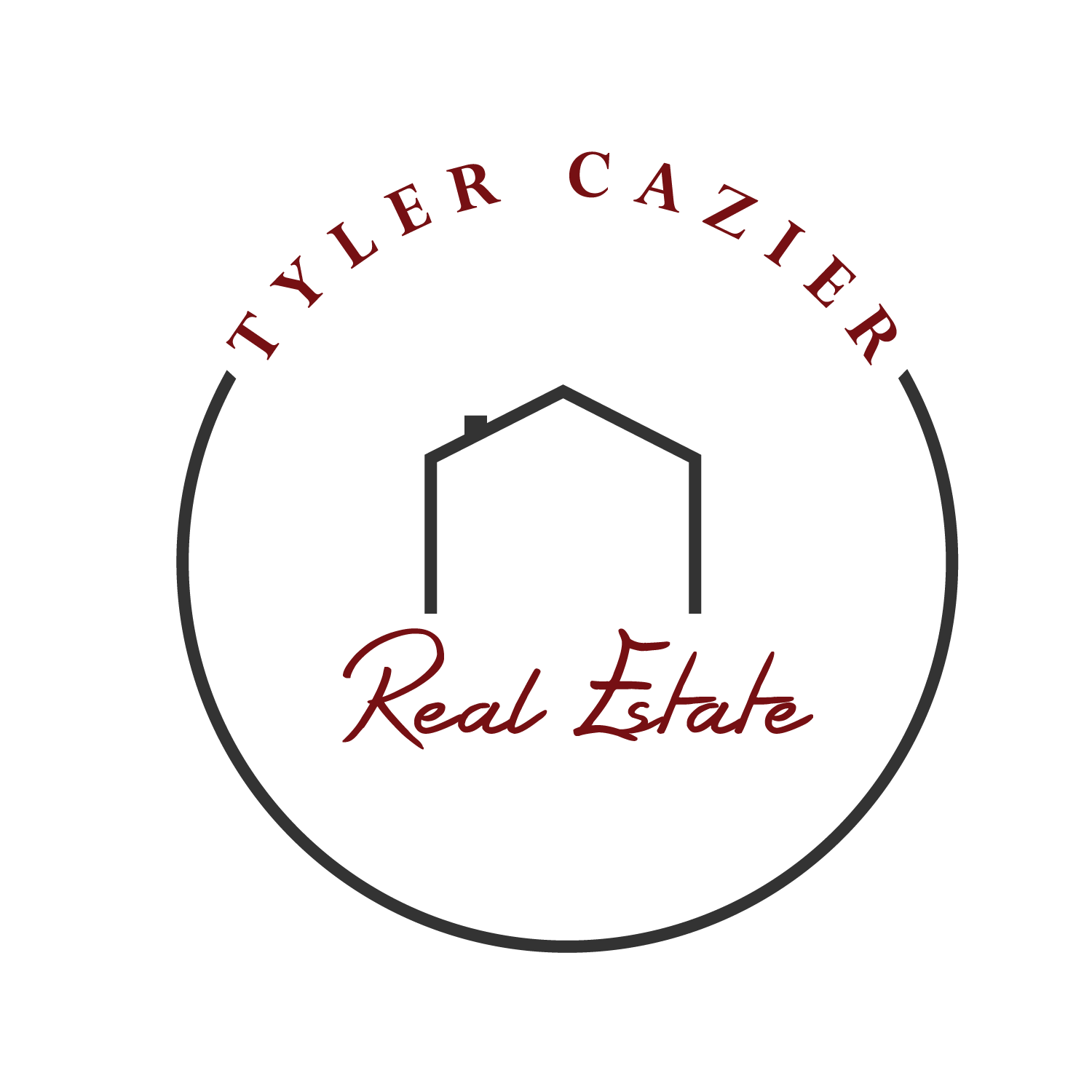Avoiding Foreclosure

Money Problems
When Utahans run into money problems, they may realize they cannot pay the mortgage. When a debt goes unpaid, there are serious repercussions. If the debt continues unpaid, the lender has no choice but to foreclose the home to satisfy the debt.
Foreclosure is when a bank takes possession of a home to satisfy a mortgage that is behind in payments.
If at all possible, keep your mortgage current. If the bank forecloses the home, it means there will be an expensive lawsuit, you will lose the house, you will have to move, your credit will be ruined, and you will NOT be able to buy another home.
But you have options! The best thing to do is to talk to the bank about the issue. The bank is required to try to work out a payment solution for you. There are seven options to stop a foreclosure that involve a bank:
Bank Option 1: Reinstatement
If you can start working with the bank early in the process (even before you miss a payment, but you know you’re going to miss one), you can work out reinstatement. This just means that they will accept a total amount behind lump sum by a specific date. The bank may combine this with forbearance.
Bank Option 2: Forbearance
The bank may allow you to reduce your payments or even suspend them for a short period, after which another option must be agreed upon to bring the loan current. This is often combined with a reinstatement when you know you’ll have the money at a specific time in the future. The money could come from a hiring bonus, investment, insurance settlement, a tax refund, etc.
Bank Option 3: Repayment
You may be able to work out a repayment plan that allows you to continue making your normal loan payments plus a portion of the past due payments each month until the debt is caught up.
Bank Option 4: Mortgage Modification
If your situation will be long term, or will permanently affect your ability to make the loan current, you may be able to negotiate a mortgage modification with the bank. Your lender may be able to change the terms of repayment to make the loan more affordable. The loan may be changed by:
- Adding the missed payments to the end of the existing loan
- Changing the interest rate (including making an adjustable rate loan into a fixed rate loan)
- Extending the number of years for repayment
Bank Option 5: Claim Advance
This option is technically through mortgage insurance, if your loan has mortgage insurance. You may qualify for an interest-free loan from the mortgage guarantor to bring the loan current.
Bank Option 6: Deed in Lieu of Foreclosure
The homeowner may elect to voluntarily turn over ownership of the property to the bank. This would negate the need to go through the lengthy and expensive foreclosure process and will relieve the homeowner of the financial burden of the loan. This ensures the homeowner is not personally liable for the amount remaining on the mortgage.
Bank Option 7: Refinance
This is typically another bank issuing a new loan to pay out the existing loan. The loan must be in good standing, the homeowner must have good credit, and the home must be in good financeable condition. Essentially, the loan must be cured before refinance may begin.
There are other options that do NOT include the bank. Here are the other options:
Option 7: Bridge Loan / Hard Money / Personal Loan
This option involves taking an additional loan to cover the original loan. The homeowner must be in good standing with cash reserves. They must demonstrate the ability to repay the new loan. Typically, these loans are issued with high interest rates (over 16%), and payments are structured so that if the homeowner misses a payment, the property is forfeited to the new lender.
Option 8: Short Sale
The home can be sold for less than the amount owed on the loan, with all proceeds going to the original lender. The homeowner will receive no money because there is no equity. The homeowner must receive approval from the lender.
Option 9: Listing Home For Sale
The home can be listed on the MLS to get multiple buyers to review the property. This can result in a high return to the homeowner, especially if the homeowner has substantial equity. Listing a home can be time consuming — buyers have to review it, buyers may need to qualify for a loan, and the sale may fall through, leaving a homeowner will little time to cure the notice of default.
Option 10: Selling to an Investor for Cash
The homeowner may elect to sell the property for cash. Investors often calculate the offer by learning what comparable homes are selling for in the area, subtracting repair and closing costs, and then offering 70% of that price to the homeowner. The transaction closes quickly because it’s a cash transaction. The homeowner is not responsible to pay realtor fees or repairs. The investor often helps with moving expenses and even locating a new home.
Option 11: Selling on Terms / Creative Financing
This is an option for sellers who may not have a lot of equity in the property. In some situations the terms bring the mortgage current and provide cash to the homeowner to help them start the next chapter of their life.
Conclusion

Utah Real Estate Agent and Investor
801-210-0230
If you’re looking at not being able to make your next mortgage payment, or worse, you’ve been presented with a notice of default, you have options. Understand that this happens sometimes, and it’s not the end of the world. You have options. Give me a phone call, and let’s talk about your options. I do my best to keep you in your home, or to do whatever we can to get you out of the house with the minimal amount of pain and loss. Give me a phone call at 801-210-0230.
